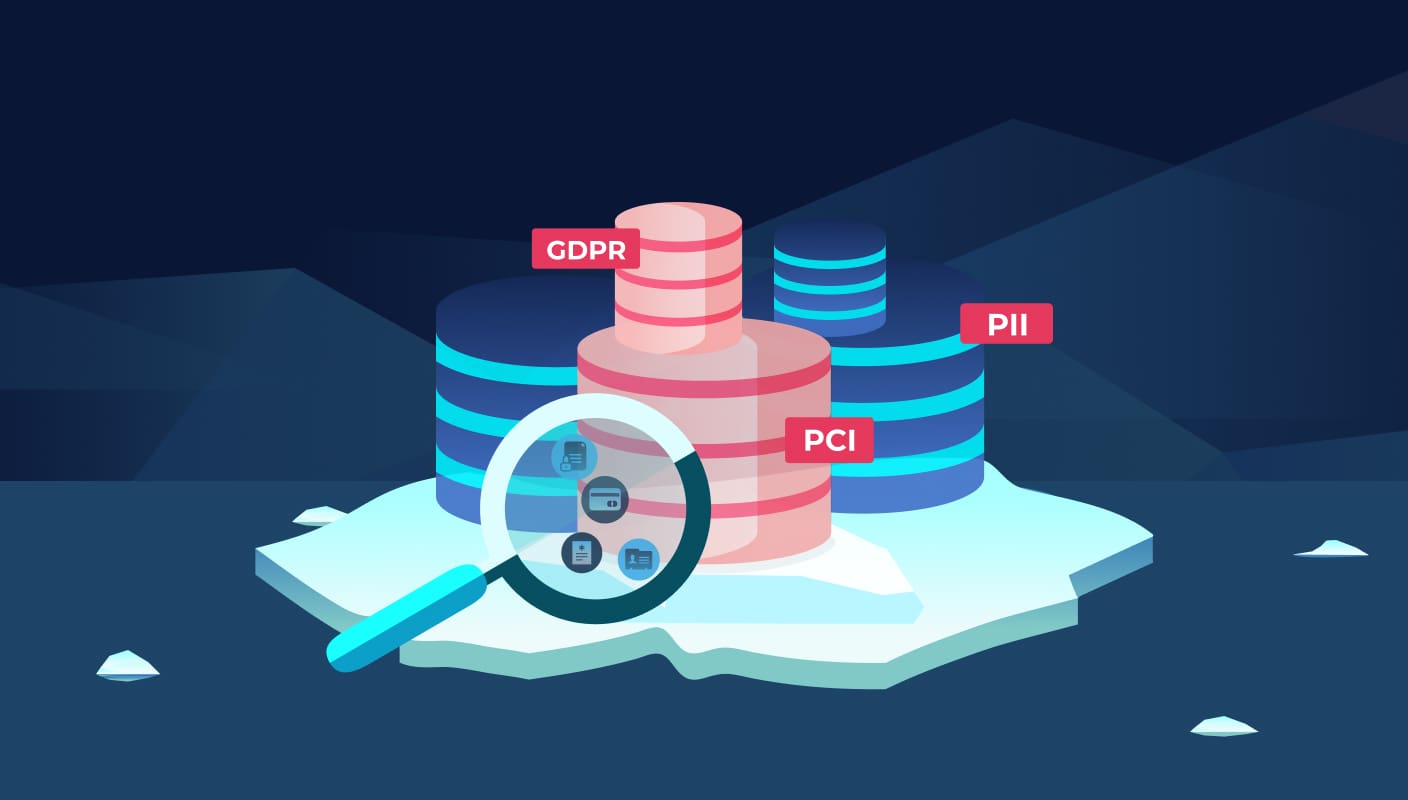In an era where data breaches and cyber-attacks are on the rise, ensuring that all sensitive data is kept safe and secure is of utmost importance. However, keeping track of all the security measures required to protect valuable data can often seem daunting. Fortunately, some basic principles can help ensure your sensitive data is safe and secure. Let’s look at the six main principles of securing sensitive data.
Data Access Controls
Access control mechanisms can ensure that only authorized personnel can access sensitive data. You should set up clear rules and regulations regarding who can access certain types of information and control their access level. Setting up access control lists is an effective way to limit data access.
Also, it’s essential to keep track of who has access to your systems and regularly update the list as needed. There are instances where more than data access control measures may be necessary to keep your data secure. Consider using additional measures such as multi-factor authentication or biometric scanning in those cases.
You should securely store sensitive data such as passwords, social security numbers, and bank account information. This includes making sure the data is not stored on an unsecured server or available online. When investing in data access control tools, target the best in the market. Go through the official website of the company and learn more here regarding the features. Focus on the ease-of-use aspect as well. An intuitive interface helps to get the job done more quickly.
Data Encryption
Using a reliable encryption algorithm is one of the best ways to ensure that sensitive data remains confidential. Encryption scrambles data so it can only be accessed with the correct decryption key. This makes it difficult for unauthorized users to access your sensitive data.
You can also use data encryption to protect your data in transit so that it remains secure even when sent over the internet. Know that no matter how secure your encryption algorithm is, anyone can access your data if you don’t keep the key safe. At the business level, you should adopt different encryption methods for each data type and encrypt the data at rest.
Data Redaction
This is a valuable tool for masking sensitive information that needs to be shared and accessed by multiple users. This technique involves replacing sensitive data with characters or symbols, which can help ensure that only authorized personnel can access the data.
When using data redaction, choosing a method that will meet your security requirements is essential. For instance, consider redacting social security numbers and financial information by replacing them with random numbers or asterisks. Know that data redaction can be more effective when combined with additional security measures.
Network Security
Having secure networks is essential for safeguarding data from potential cyber-attacks. Ensure that you have the latest firewall and antivirus software installed on your systems, and ensure that your networks are regularly updated.
You should also consider implementing log-in tracking and monitoring processes to help you keep track of who is accessing your data. Additionally, it’s essential to implement measures such as two-factor authentication or single-use tokens, which can help protect access to sensitive data.
It’s good to stick to the best practices, such as keeping your systems updated and running security scans regularly. When choosing a network security tool, make sure that you are selecting one that is suitable for the size of your organization and provides the necessary features.
Data Disposal Procedures
When you no longer need certain types of data, it’s crucial to ensure that it is correctly disposed of. This means securely deleting or destroying data so unauthorized users cannot access it.
Make sure you have regular checks to ensure no sensitive data is left unprotected or vulnerable. In addition, when disposing of hardware containing sensitive data, you should ensure that it is securely wiped or destroyed.
To be even more effective, consider using a third-party provider to dispose of sensitive data securely. This can help ensure that your data is destroyed and cannot be accessed by unauthorized users.
Regular Auditing and Monitoring
This can help you detect any potential security vulnerabilities. This includes tracking who has access to specific data, ensuring that all security patches are up-to-date, and performing regular scans for malware or other malicious code.
You should also set up a system for logging and tracking errors or incidents related to data security so that you can investigate any potential issues quickly. Regularly auditing and monitoring your systems can help ensure that your sensitive data is always secure.
There are several fundamental principles you should consider when securing sensitive data. Implementing the proper measures can help protect your data from attacks and ensure that only authorized personnel can access it. Following these six main principles ensures that your sensitive data is always safe and secure.
